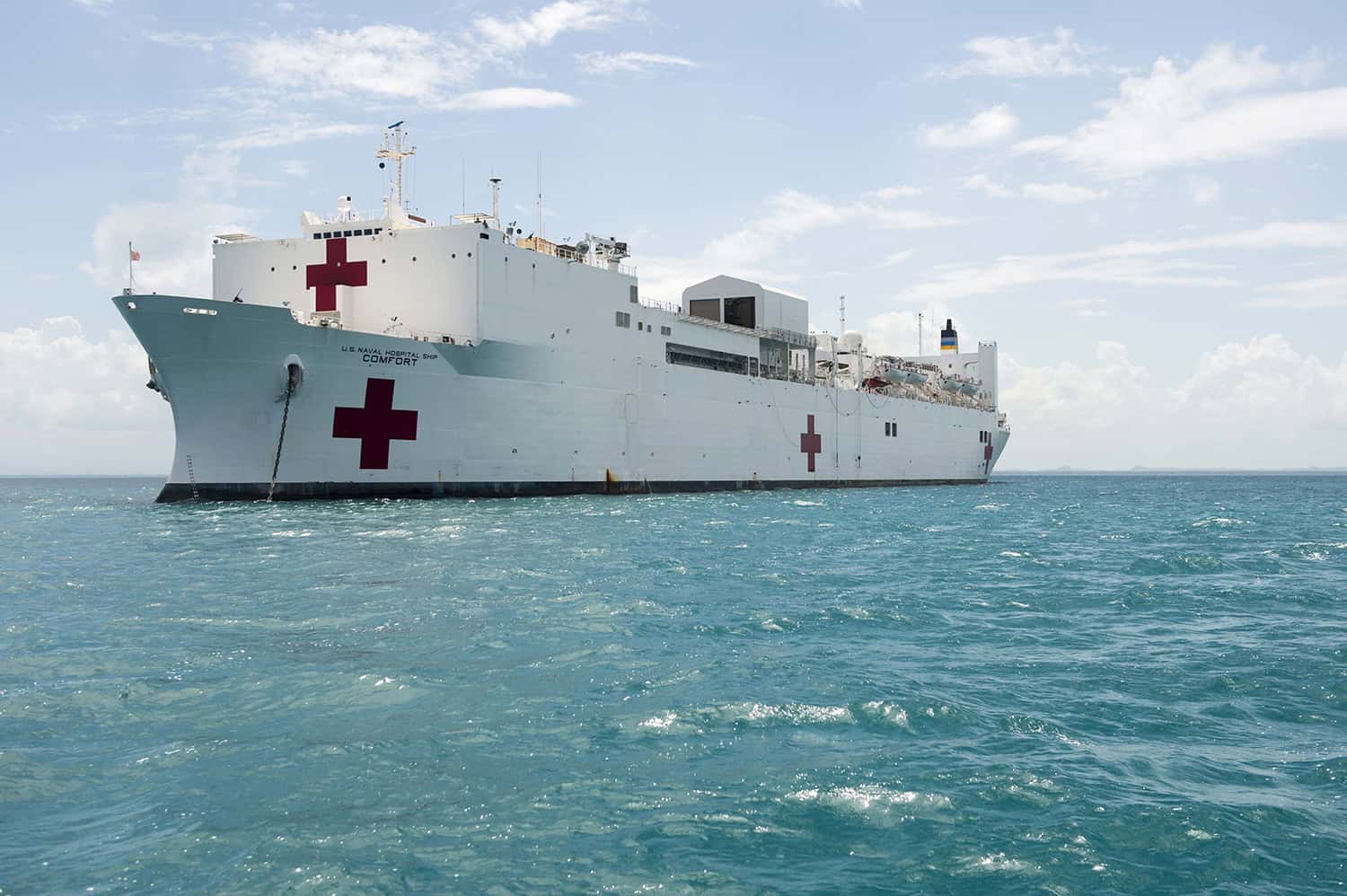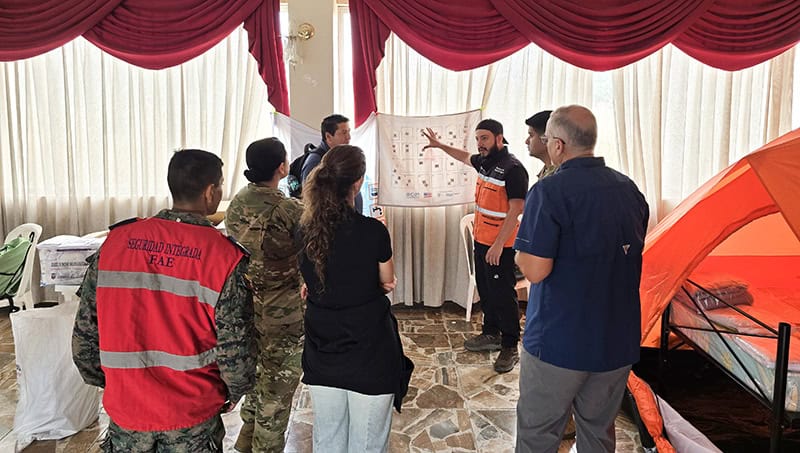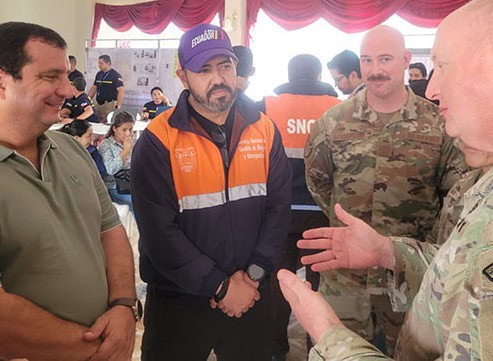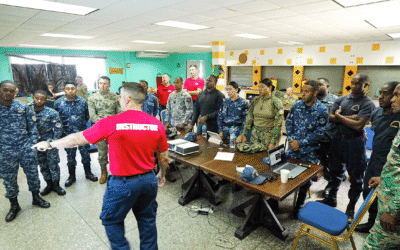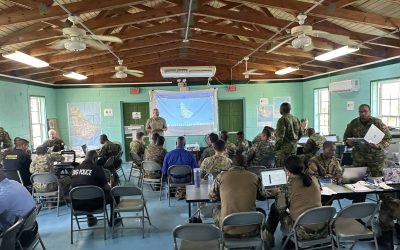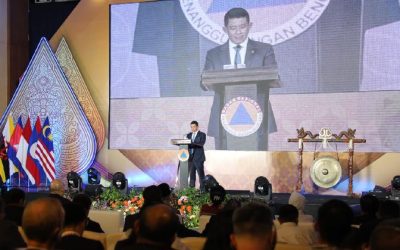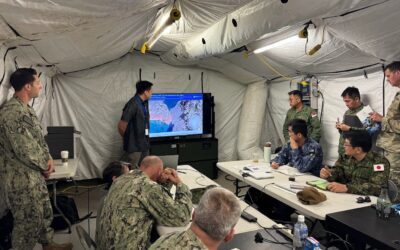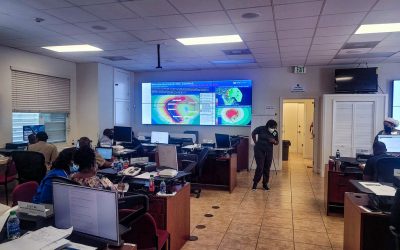The mission in Ecuador encompasses various activities, including direct medical and dental care provided aboard the USNS Comfort and at community clinics, veterinary engagements, community relations projects, engineering projects, subject matter expert exchanges (SMEE), training, and cultural exchanges.
“Interoperability is a common buzzword among security cooperation professionals, but here in Ecuador, it is critical for mitigating risk, identifying requirements, and staying ready to save lives as we partner together for disaster preparedness. We were thrilled to have such a great turnout from multiple Ecuadorian agencies as well as the support from the Kentucky National Guard, Joint Task Force–Bravo, FEMA, and especially the Pacific Disaster Center. Thank you for presenting DisasterAWARE capabilities and helping us strengthen our partnerships,” said Captain Jason Sanderson, Bilateral Affairs Officer, U.S. Embassy, Quito, Ecuador
The exercise was attended by the Prefect for the Manabi Prefecture, Sr. Leonardo Orlando who said, “Thank you very much for coming here to share your knowledge and experience with us. It is very valuable. As you know, we have a lot of hazards here including tsunami, flooding, structure collapse, earthquakes, and many more. We want to thank U.S. Southern Command and are honored to have The National Guard and Pacific Disaster Center here with us to discuss disaster preparation and response.
